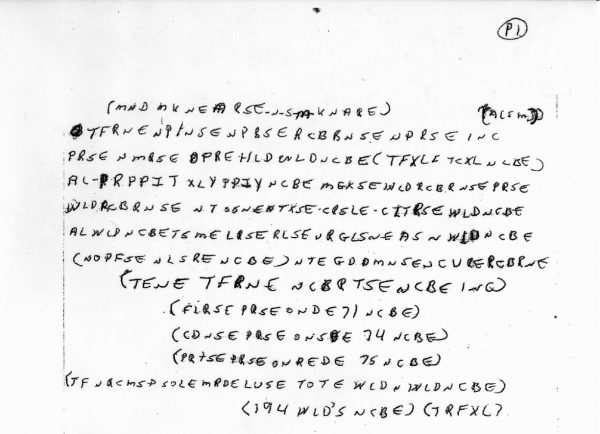Another holiday challenge: The Royal Statistical Society’s 2017 Christmas quiz presents 13 problems that require general knowledge, logic, and lateral thinking but no particular math skills. For example:
4. CAN YOU DIG IT? [11 points]
Identify the following from the clues. What do all ten answers have in common?
- A cockerel of human dimensions, performed by a prolific informer
- William’s book (1956), Charles’s film (1957), or Mike & Al’s song (1971)
- Challenger first appeared here, over a century ago
- A cricketer, a rugby player, or a commentator
- 2001 boy-band album – a remix of “NOW FOR LOUD ROW”
- The official title of Guinness
- One who reigned for almost 999 million seconds
- King’s collection, ordered by cards
- The Bassett country residence, according to Plum
- ATR co-founder, name-checked by “The Tiger” between The Slits and Dickens
You can use any tools or resources you like, including books, search engines, and computer programs. Anyone can enter, and you stand to win £150 if you’re an RSS member. The deadline for entries is January 7. The full quiz is here.
(Thanks, Dave.)










